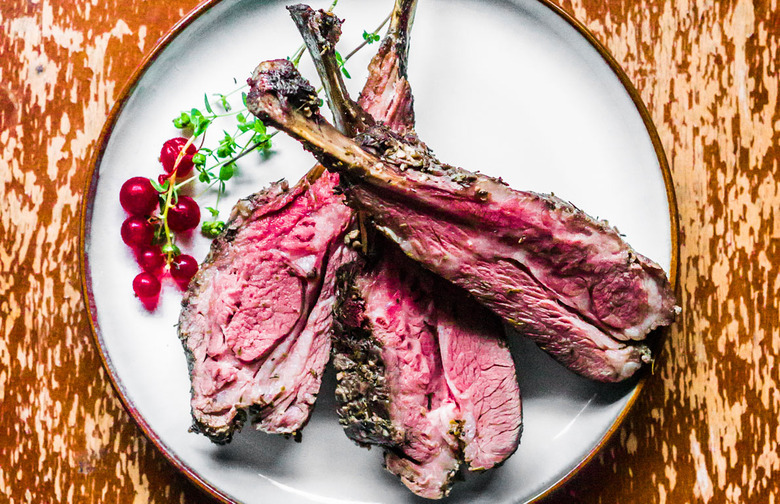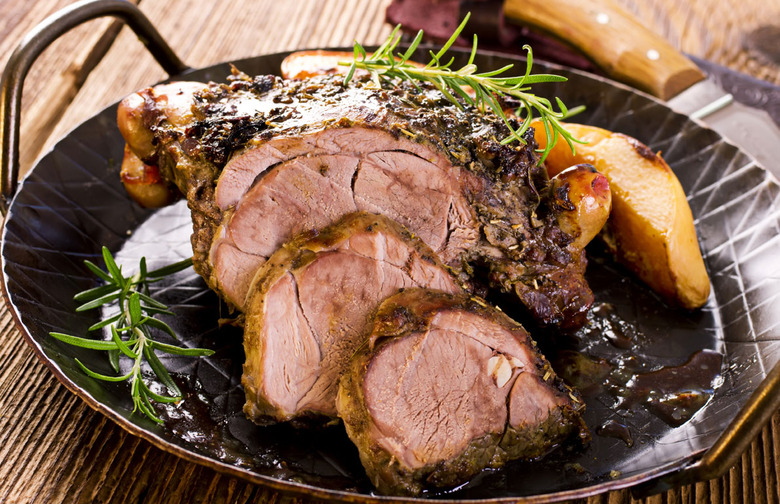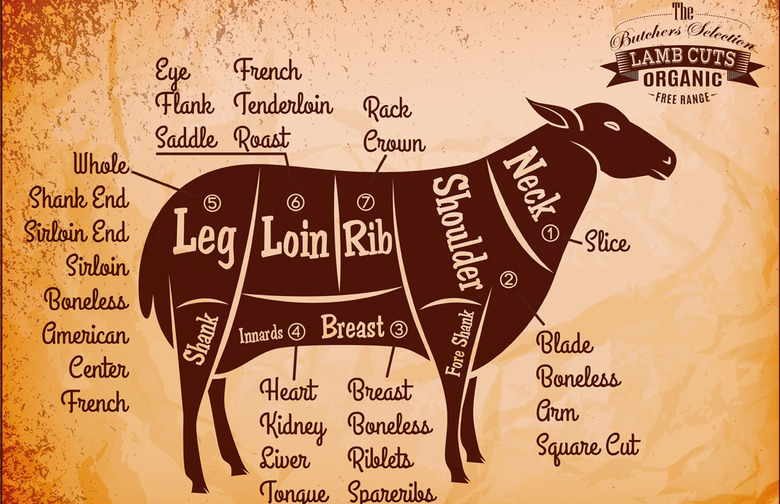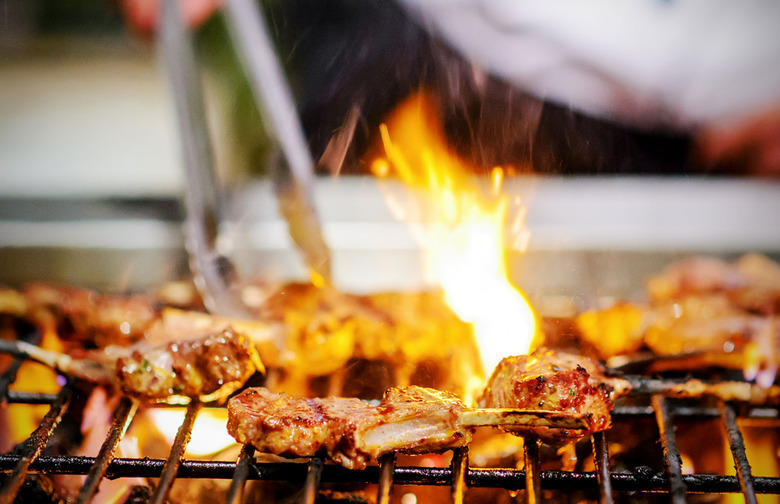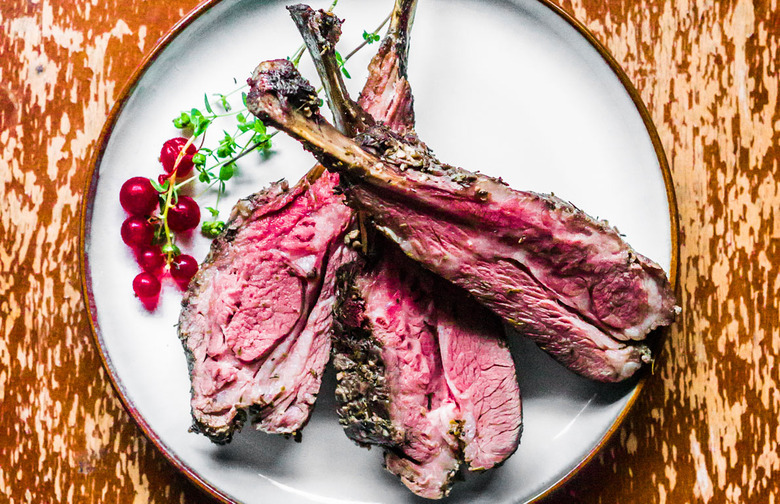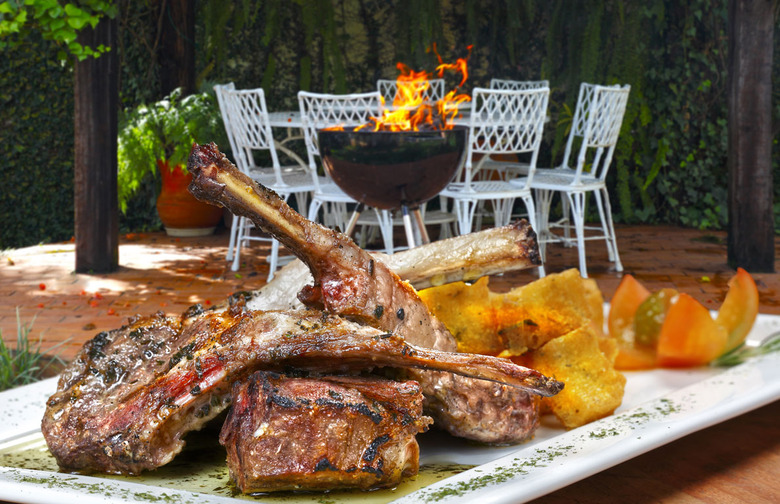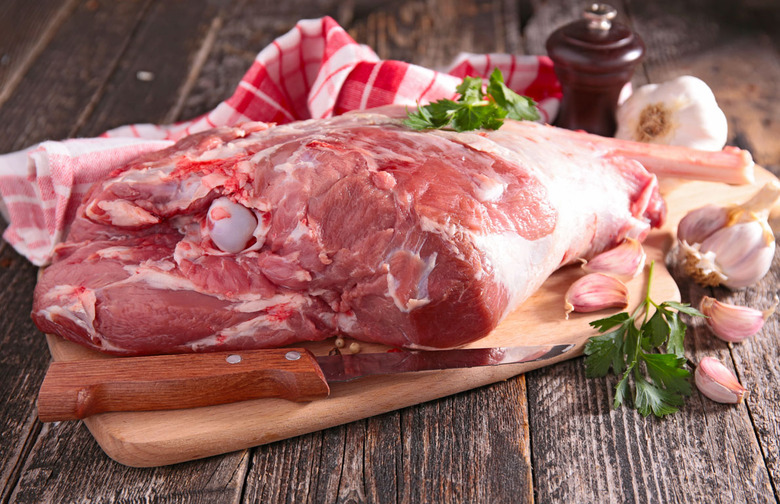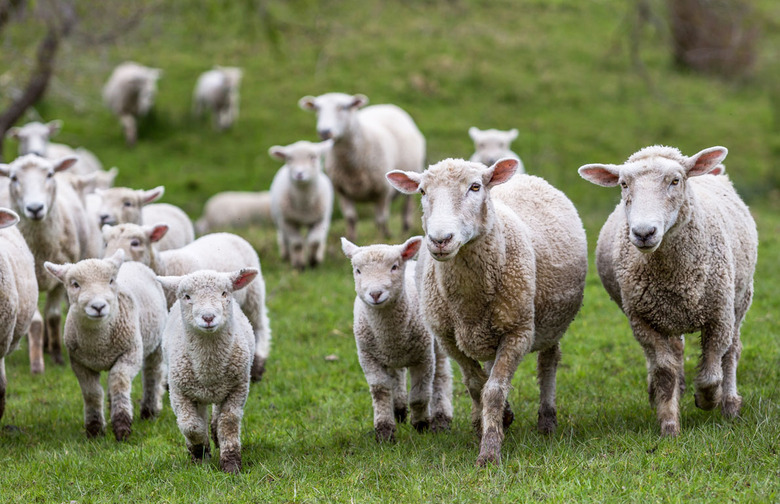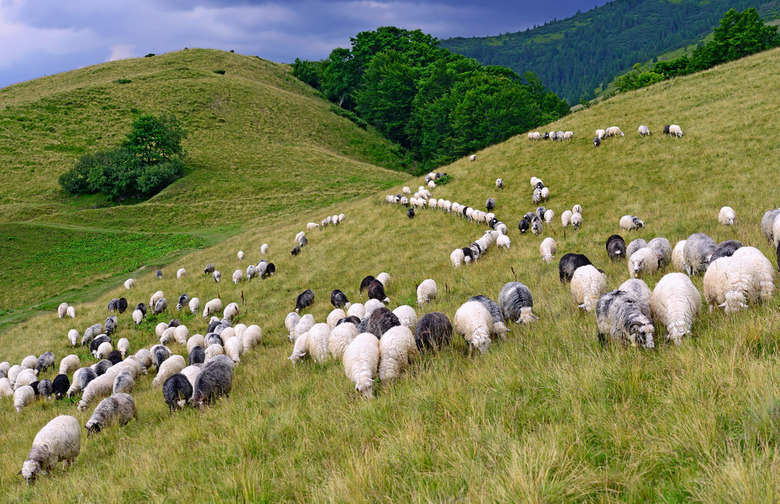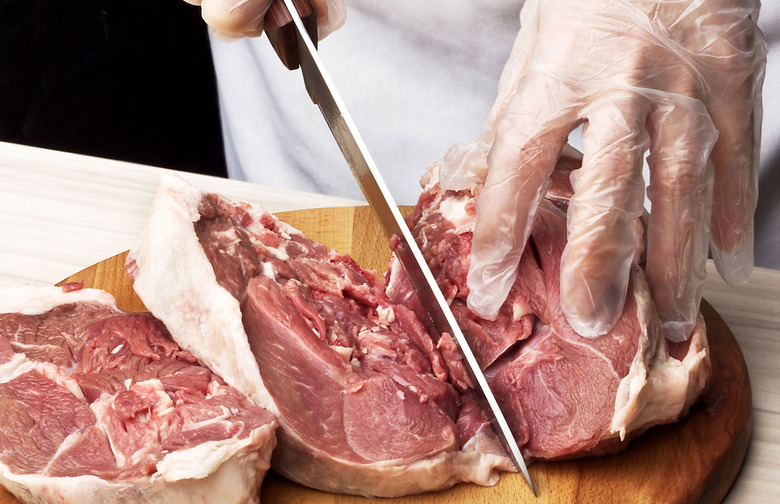9 Things You Didn't Know About Lamb
Often thought of as a springtime meat, lamb is a flavorful protein option available from local sources all year long.
Consumption of Lamb
Each person in the United States eats only a pound of lamb per year, compared to the 61 pounds of beef.
Cuts of Lamb
The most popular cut in the United States is the rack, but other cuts are delicious too. Shoulder is a good value, and can be used for stew and ground meat. Loin makes loin roasts and chops, leg can be roasted whole or cut into kebabs, and Denver ribs — or lamb ribs —from the breast and foreshank can be roasted or grilled.
Easy to Cook
Lamb is most often ordered out at restaurants, but it is simple to prepare at home. Different preparation methods include braising, roasting, and grilling, or broiling.
Healthier Than Beef
A 3-ounce serving of lamb provides five times the amount of omega-3 fatty acids and alpha-linolenic acid (ALA) as the same size piece of beef.
Low-Calorie Option
Three ounces of lamb, the recommended serving size of meat, has only 170 calories. Most cuts of lamb are considered lean cuts of meat. The FDA definition of lean meat dictates that a 3 ½-ounce serving contains fewer than 10 grams of total fat, fewer than 4 ½ grams of saturated fat, and fewer than 100 milligrams of cholesterol.
Nutritious
Lamb is a nutrient-rich meat. A 3-ounce portion of lamb contains almost half the recommended daily value of protein; lamb is also a good source of selenium, vitamin B12, and zinc.
Where Lamb Comes From
Fifty percent of lamb consumed in the United States is imported from countries like Australia and New Zealand. The other 50 percent comes from within the United States, mainly Texas, California, Wyoming, Colorado, and South Dakota.
Why American Lamb?
According to the American Lamb Board, American lamb travels about 10,000 fewer miles and for 30 fewer days than imported lamb and is a fresher option than frozen imported.
Why Lamb Has a Bad Rep but Shouldn’t
Lamb is often thought of as being tough, stringy, and pungently flavored. Lamb was once raised primarily for wool and secondarily as meat, and these wool-producing animals would produce older, tougher meat (mutton). Lamb is currently primarily used for meat production, and, as a result, the product is much more flavorful and tender.
